The NYRB China Archive
01.04.23
Mysterious Displays of Will
from New York Review of Books
Nadine Hwang led a dauntless life. What she did over the course of the twentieth century makes her sound like a superheroic projection from the twenty-first: a queer, Chinese fighter pilot and lawyer with a sword-dancing act who spoke at least four...
Viewpoint
07.27.20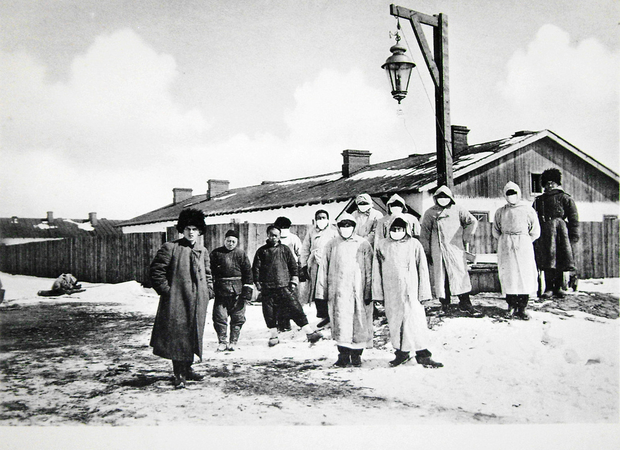
Pandemic Responses Suffer from Common Ailments
As the world continues to reel from the COVID-19 pandemic, the onslaught of new developments, disrupted routines, and fast-evolving medical research and advice trap us in a kind of eternal present. Each day feels unprecedented. But, at least since...
Books
03.24.20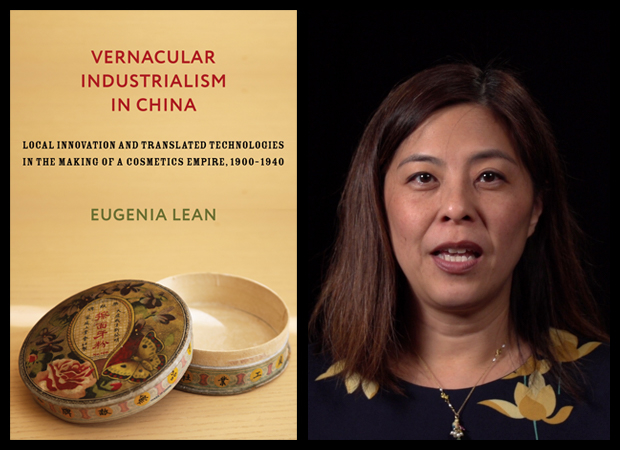
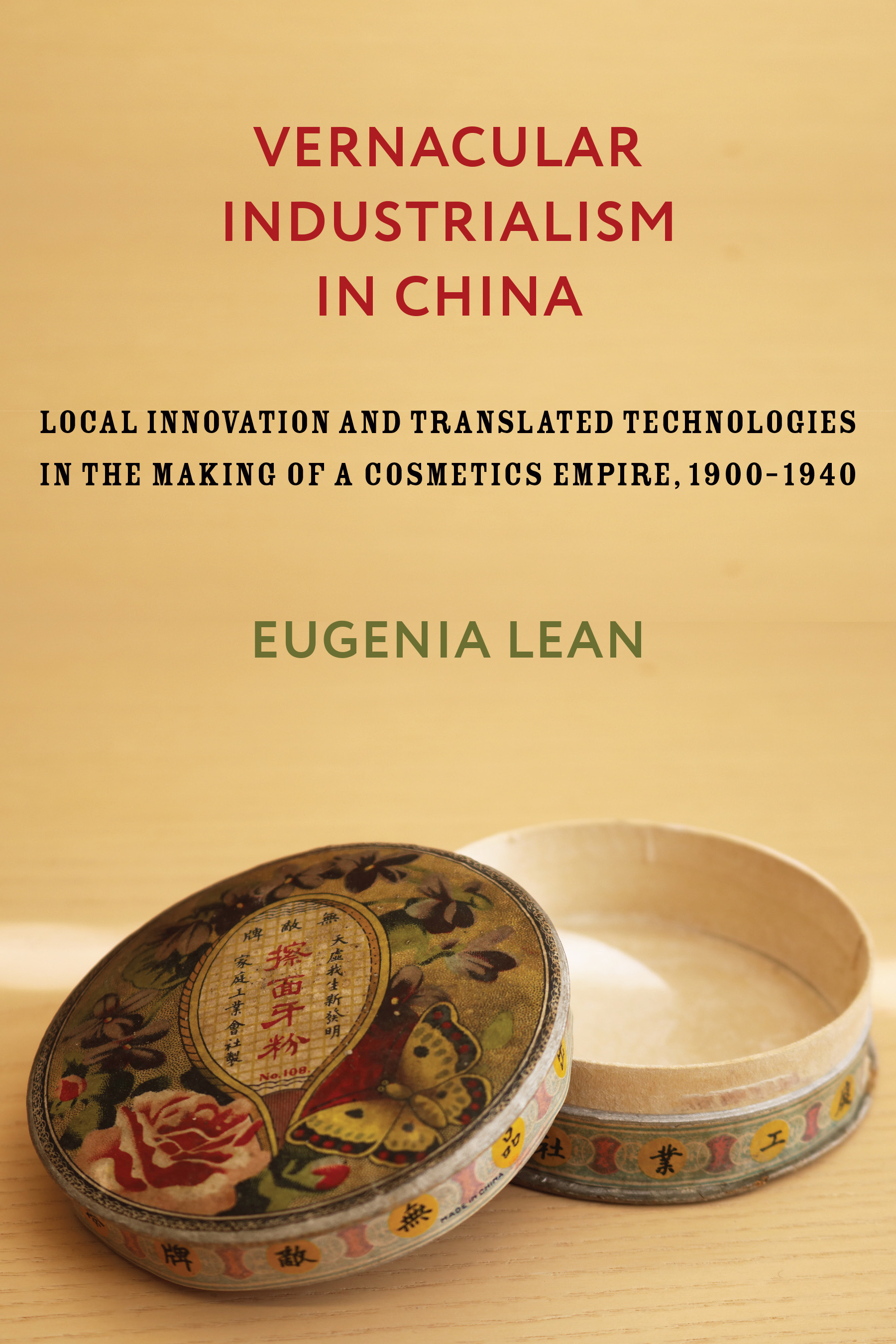
Vernacular Industrialism in China
Columbia University Press: In early 20th-century China, Chen Diexian (1879-1940) was a maverick entrepreneur—at once a prolific man of letters, captain of industry, magazine editor, and cosmetics magnate. He tinkered with chemistry in his private studio, used local cuttlefish to source magnesium carbonate, and published manufacturing tips in how-to columns. In a rapidly changing society, Chen copied foreign technologies and translated manufacturing processes from abroad to produce adaptations of global commodities that bested foreign brands. Engaging in the worlds of journalism, industry, and commerce, he drew on literati practices associated with late-imperial elites but deployed them in novel ways within a culture of educated tinkering that generated industrial innovation.Through the lens of Chen’s career, Eugenia Lean explores how unlikely individuals devised unconventional, homegrown approaches to industry and science in early 20th-century China. She contends that Chen’s activities exemplify “vernacular industrialism,” the pursuit of industry and science outside of conventional venues, often involving ad hoc forms of knowledge and material work. Lean shows how vernacular industrialists accessed worldwide circuits of law and science and experimented with local and global processes of manufacturing to navigate, innovate, and compete in global capitalism. In doing so, they presaged the approach that has helped fuel China’s economic ascent in the 21st century. Rather than conventional narratives that depict China as belatedly borrowing from Western technology, Vernacular Industrialism in China offers a new understanding of industrialization, going beyond material factors to show the central role of culture and knowledge production in technological and industrial change.{chop}
Books
07.26.18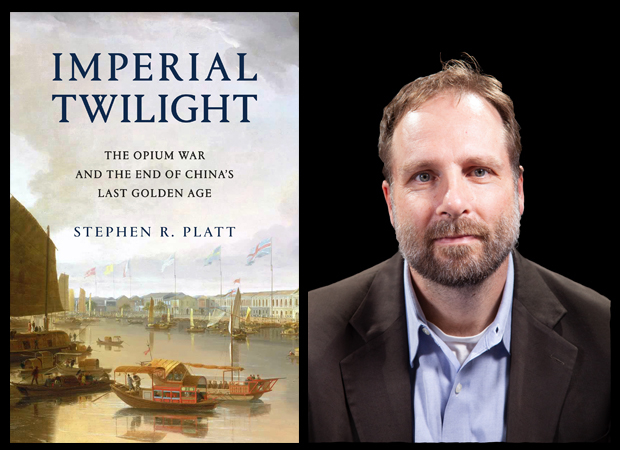
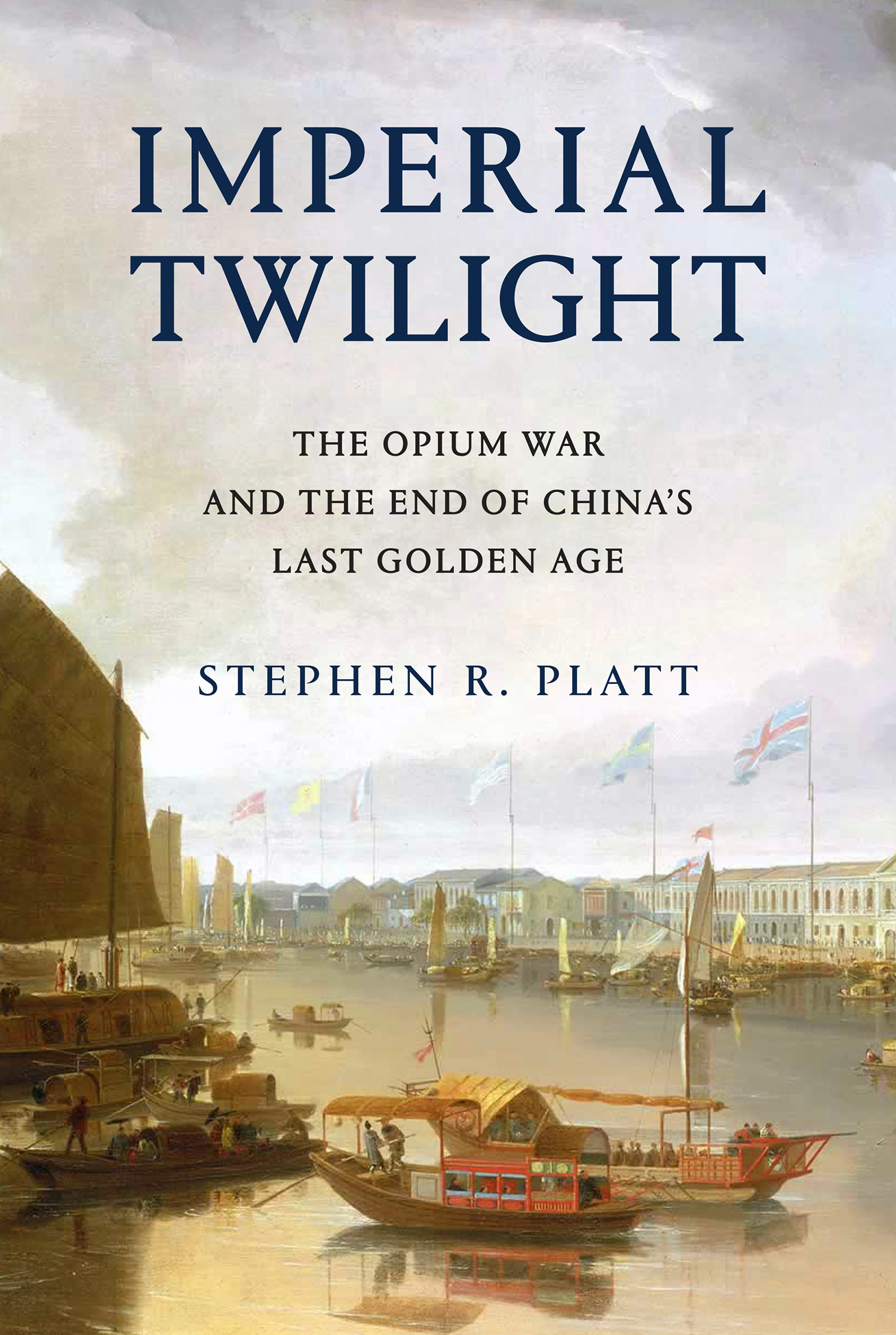
Imperial Twilight
Alfred A. Knopf: As China reclaims its position as a world power, Imperial Twilight looks back to tell the story of the country’s last age of ascendance and how it came to an end in the 19th-century Opium War.When Britain launched its first war on China in 1839, pushed into hostilities by profiteering drug merchants and free-trade interests, it sealed the fate of what had long been seen as the most prosperous and powerful empire in Asia, if not the world. But internal problems of corruption, popular unrest, and dwindling finances had weakened China far more than was commonly understood, and the war would help set in motion the eventual fall of the Qing dynasty—which, in turn, would lead to the rise of nationalism and communism in the 20th century. As one of the most potent turning points in the country’s modern history, the Opium War has since come to stand for everything that today’s China seeks to put behind it.In this dramatic, epic story, award-winning historian Stephen Platt sheds new light on the early attempts by Western traders and missionaries to “open” China—traveling mostly in secret beyond Canton, the single port where they were allowed—even as China’s imperial rulers were struggling to manage their country’s decline and Confucian scholars grappled with how to use foreign trade to China’s advantage. The book paints an enduring portrait of an immensely profitable and mostly peaceful meeting of civilizations at Canton over the long term that was destined to be shattered by one of the most shockingly unjust wars in the annals of imperial history. Brimming with a fascinating cast of British, Chinese, and American individuals, this riveting narrative of relations between China and the West has important implications for today’s uncertain and ever-changing political climate.{chop}
The NYRB China Archive
11.23.17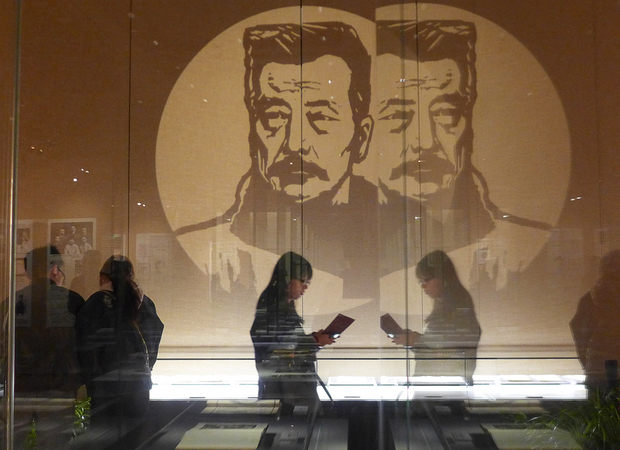
The True Story of Lu Xun
from New York Review of Books
1.Addressing an audience at the Hong Kong YMCA in February 1927, the writer Lu Xun (the pen name of Zhou Shuren, 1881–1936) warned that despite ten years of literary revolution and the promotion of a written vernacular language, Chinese people had...
Books
03.08.17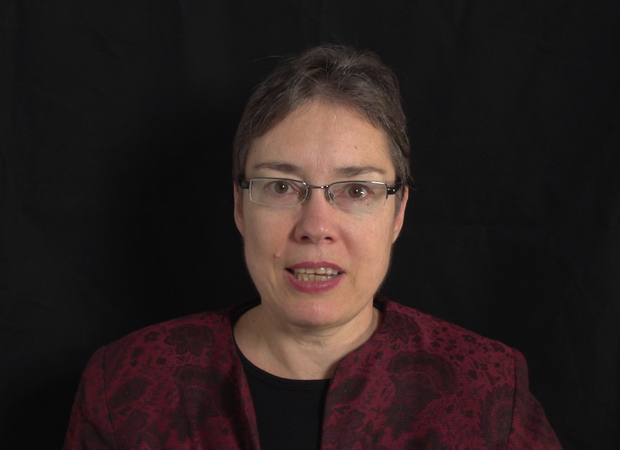
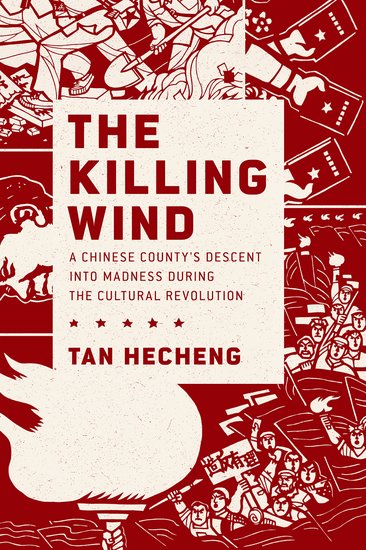
The Killing Wind
Over the course of 66 days in 1967, more than 4,000 “class enemies”—including young children and the elderly—were murdered in Daoxian, a county in China’s Hunan province. The killings spread to surrounding counties, resulting in a combined death toll of more than 9,000. Commonly known as the Daoxian massacre, the killings were one of many acts of so-called mass dictatorship and armed factional conflict that rocked China during the Cultural Revolution. However, in spite of the scope and brutality of the killings, there are few detailed accounts of mass killings in China’s countryside during the Cultural Revolution’s most tumultuous years.Years after the massacre, journalist Tan Hecheng was sent to Daoxian to report on an official investigation into the killings. Tan was prevented from publishing his findings in China, but in 2010, he published the Chinese edition of The Killing Wind in Hong Kong. Tan’s first-hand investigation of the atrocities, accumulated over the course of more than 20 years, blends his research with the recollections of survivors to provide a vivid account exploring how and why the massacre took place and describing its aftermath. Dispelling the heroic aura of class struggle, Tan reveals that most of the Daoxian massacre’s victims were hard-working, peaceful members of the rural middle class blacklisted as landlords or rich peasants. Tan also describes how political pressure and brainwashing turned ordinary people into heartless killing machines.More than a catalog of horrors, The Killing Wind is also a poignant meditation on memory, moral culpability, and the failure of the Chinese government to come to terms with the crimes of the Maoist era. By painting a detailed portrait of this massacre, Tan makes a broader argument about the long-term consequences of the Cultural Revolution, one of the most violent political movements of the twentieth century. A compelling testament to the victims and survivors of the Daoxian massacre, The Killing Wind is a monument to historical truth—one that fills an immense gap in our understanding of the Mao era, the Cultural Revolution, and the status of truth in contemporary China. —Oxford University Press{chop}
Books
02.16.17
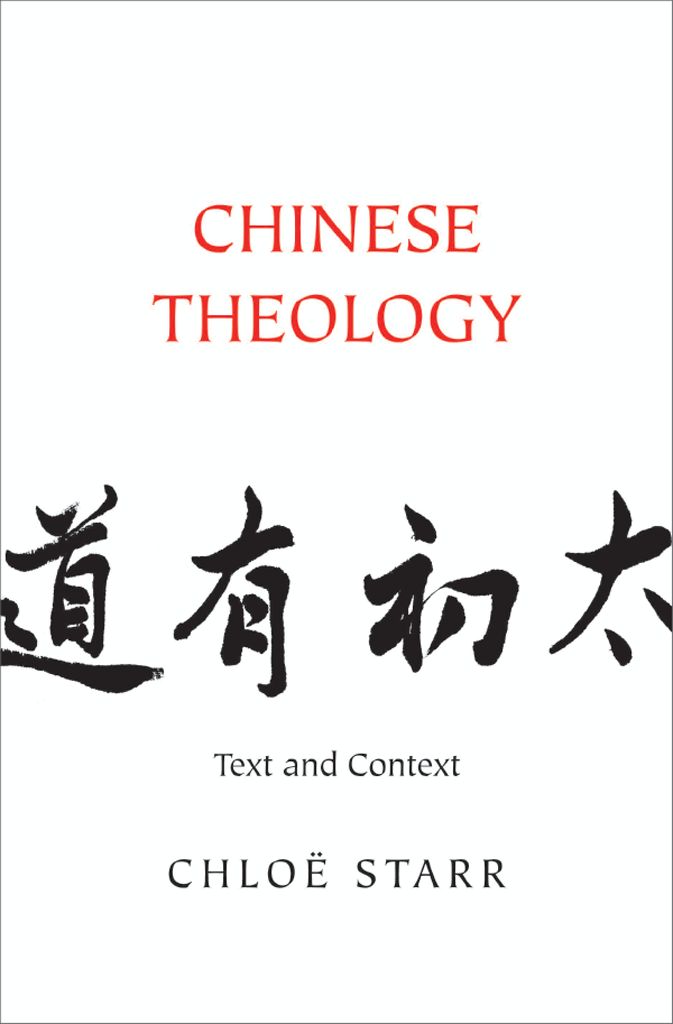
Chinese Theology
In this groundbreaking and authoritative study, Chloë Starr explores key writings of Chinese Christian intellectuals, from philosophical dialogues of the late imperial era to micro-blogs of pastors in the 21st century. Through a series of close textual readings, she sheds new light on such central issues in Chinese theology as Christian identity and the evolving question of how Christians should relate to society and state.Reading these texts in their socio-political and traditional literary contexts, Starr opens a new conversation about the nature of Chinese theology and the challenge it offers to a broad understanding of how theology is created and contextualized. Concentrating on those theologians who have engaged most actively with their cultural and political milieus, Starr argues throughout her readings, as she examines how Chinese literary traditions and reading patterns have shaped Chinese theology, that text is as important as context. —Yale University Press{chop}
Books
02.01.17
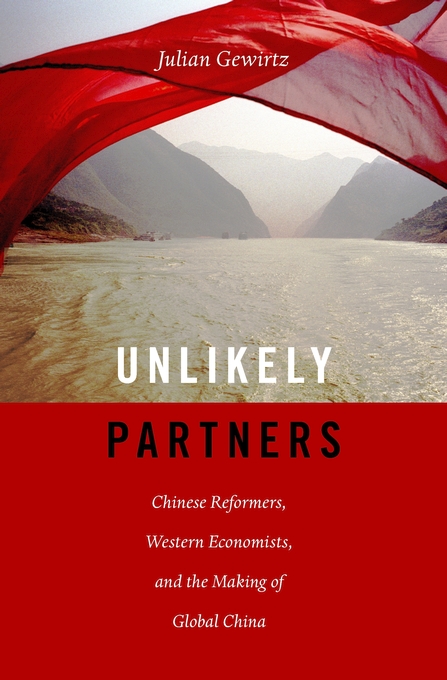
Unlikely Partners
Unlikely Partners recounts the story of how Chinese politicians and intellectuals looked beyond their country’s borders for economic guidance at a key crossroads in the nation’s tumultuous 20th century. Julian Gewirtz offers a dramatic tale of competition for influence between reformers and hardline conservatives during the Deng Xiaoping era, bringing to light China’s productive exchanges with the West.When Mao Zedong died in 1976, his successors seized the opportunity to reassess the wisdom of China’s rigid commitment to Marxist doctrine. With Deng Xiaoping’s blessing, China’s economic gurus scoured the globe for fresh ideas that would put China on the path to domestic prosperity and ultimately global economic power. Leading foreign economists accepted invitations to visit China to share their expertise, while Chinese delegations traveled to the United States, Hungary, Great Britain, West Germany, Brazil, and other countries to examine new ideas. Chinese economists partnered with an array of brilliant thinkers, including Nobel Prize winners, World Bank officials, battle-scarred veterans of Eastern Europe’s economic struggles, and blunt-speaking free-market fundamentalists.Nevertheless, the push from China’s senior leadership to implement economic reforms did not go unchallenged, nor has the Chinese government been eager to publicize its engagement with Western-style innovations. Even today, Chinese Communists decry dangerous Western influences and officially maintain that China’s economic reinvention was the Chinese Communist Party’s achievement alone. Unlikely Partners sets forth the truer story, which has continuing relevance for China’s complex and far-reaching relationship with the West. —Harvard University Press{chop}
Books
01.04.17
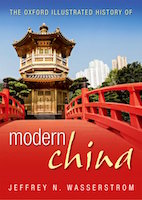
The Oxford Illustrated History of Modern China
This lavishly illustrated volume explores the history of China during a period of dramatic shifts and surprising transformations, from the founding of the Qing Dynasty (1644-1912) through to the present day.The Oxford Illustrated History of Modern China promises to be essential reading for anyone who wants to understand this rising superpower on the verge of what promises to be the “Chinese century,” introducing readers to important but often overlooked events in China’s past, such as the bloody Taiping Civil War (1850-1864), which had a death toll far higher than the roughly contemporaneous American Civil War. It also helps readers see more familiar landmarks in Chinese history in new ways, such as the Opium War (1839-1842), the Boxer Uprising of 1900, the rise to power of the Chinese Communist Party in 1949, and the Tiananmen protests and Beijing Massacre of 1989.This is one of the first major efforts—and in many ways the most ambitious to date—to come to terms with the broad sweep of modern Chinese history, taking readers from the origins of modern China right up through the dramatic events of the last few years (the Beijing Games, the financial crisis, and China’s rise to global economic pre-eminence) which have so fundamentally altered Western views of China and China’s place in the world. —Oxford University Press{chop}
Features
12.02.16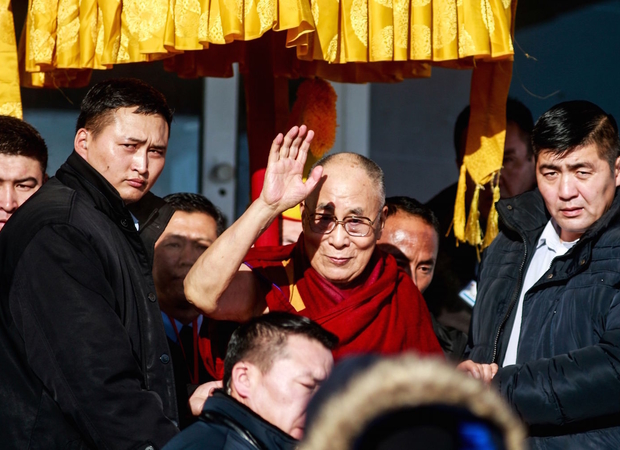
How Do You Stand up to China? Ask Mongolia
The day before the Dalai Lama’s November 18 trip to Mongolia, Beijing issued a “strong demand” to its neighbor to cancel the visit of the “anti-Chinese separatist” or face (unstated) consequences. The Dalai Lama would be making his ninth visit to...
Sinica Podcast
05.09.16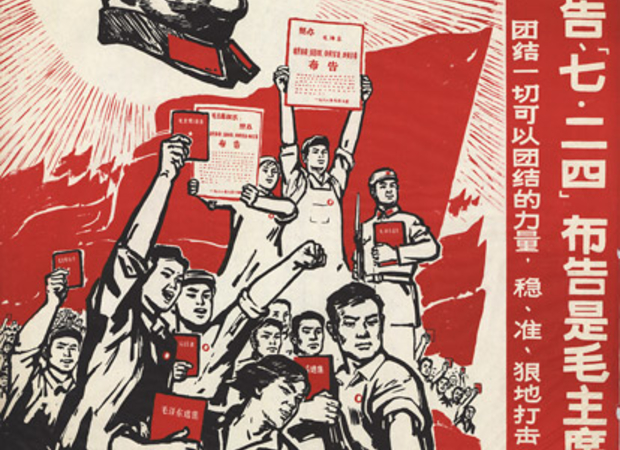
The Cultural Revolution at Fifty
from Sinica Podcast
Fifty years ago, Mao Zedong launched the Great Proletarian Cultural Revolution, inaugurating a decade of political turmoil with his calls for young people to “bombard the headquarters.” In this special live edition of our podcast recorded at The...
The NYRB China Archive
05.30.85Mission Impossible
from New York Review of Books
John Hersey’s The Call is an epitaph for 120 years of Protestant missions in China. From 1830 to 1950, the China missions had a steadily growing place in American public sentiment. At the turn of the century, John R. Mott of the Student Volunteer...



